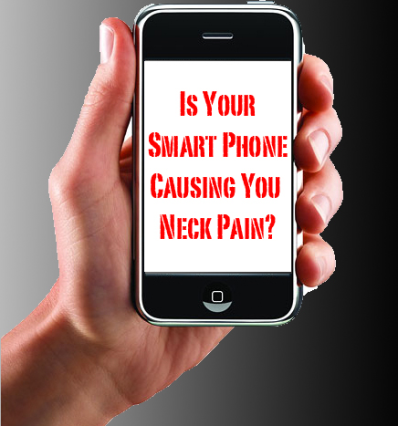1) How do you diagnose whether the pain that I have in my hip is coming from my hip or my back?
Using a continuous x-ray machine, I place an anesthetic inside of the hip joint. I then let you walk around over the next ten to fifteen minutes while the inside of the hip is numb. If you notice that your hip pain is gone, we now know that the pain was coming from the hip. If you still have pain, I know that the pain is likely coming from the lumbar spine. If the pain in the hip area is not gone, I will go ahead and put the local anesthetic and anti-inflammatory medication on the nerve in the lumbar spine that goes to the hip. If the hip pain goes away immediately after doing that, I know that the hip pain is actually coming from the lumbar spine.
2) Is it possible to have problems with both my hip and back at the same time?
Yes, it can happen, but usually when patients have this type of pain, what we find is that the majority of the pain is coming from one area. It is very important to know exactly where your pain is coming from because this will determine the therapy, exercises, and possible surgical options.
3) Will your procedures make my pain go away and for how long?
The pain will go away once we locate the exact cause of your pain. The duration of the pain relief is dependent on how severe the level of degeneration is, whether it is in the spine or the hip, and if you follow the instructions given to keep from re-aggravating your spine or hip. What you need to remember is that ALL of us are going to have degeneration in our spine as we age and luckily we will not have any pain until we get that structure inflamed. If I can eliminate the inflammation and teach you proper body mechanics and exercises to strengthen your spine, you will have a better chance of an extended period of relief.
4) Can I have the treatments repeated if necessary? Why do you not do series of injections a week apart?
These procedures can be repeated several times a year, if necessary, but we usually do not have to do this that frequently. If we can treat the exact structure and change the way the patient moves and exercises, we can usually limit the number of procedures. If we have to keep repeating the procedure, we try to see if there is a surgical fix. The good news is that since we know the exact cause of the pain, it makes the surgeon’s job so much easier.
Doing a series of injections was something we did many years ago when we did not have a continuous x-ray machine. The steroids take at least two weeks to work and, therefore, there is absolutely no reason to do a second injection before two weeks is up. If you are much better from the first injection, I would not do a second injection.
5) I see advertisements for Laser and other procedures on the television and radio. What is the difference?
You live in one of the largest and best medical centers in the country. There are a lot of very good spine and neurosurgeons in the medical center. These physicians do not do any of these laser or other “procedures” that you see advertised on the internet, television, or radio. Be careful when physicians offer multiple procedures in a short timeframe. Why not wait to see how the first procedure works, which is going to take at least a couple of weeks, before having something else done?








